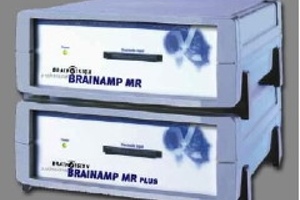PRISMA Scanner
The centerpiece of the facility is a state-of-the-art Siemens 3 Tesla PRISMA scanner, equipped with 64 receive channels and high-performance XR 80/200 gradients for significant increases in signal-to-noise and acquisition speed.
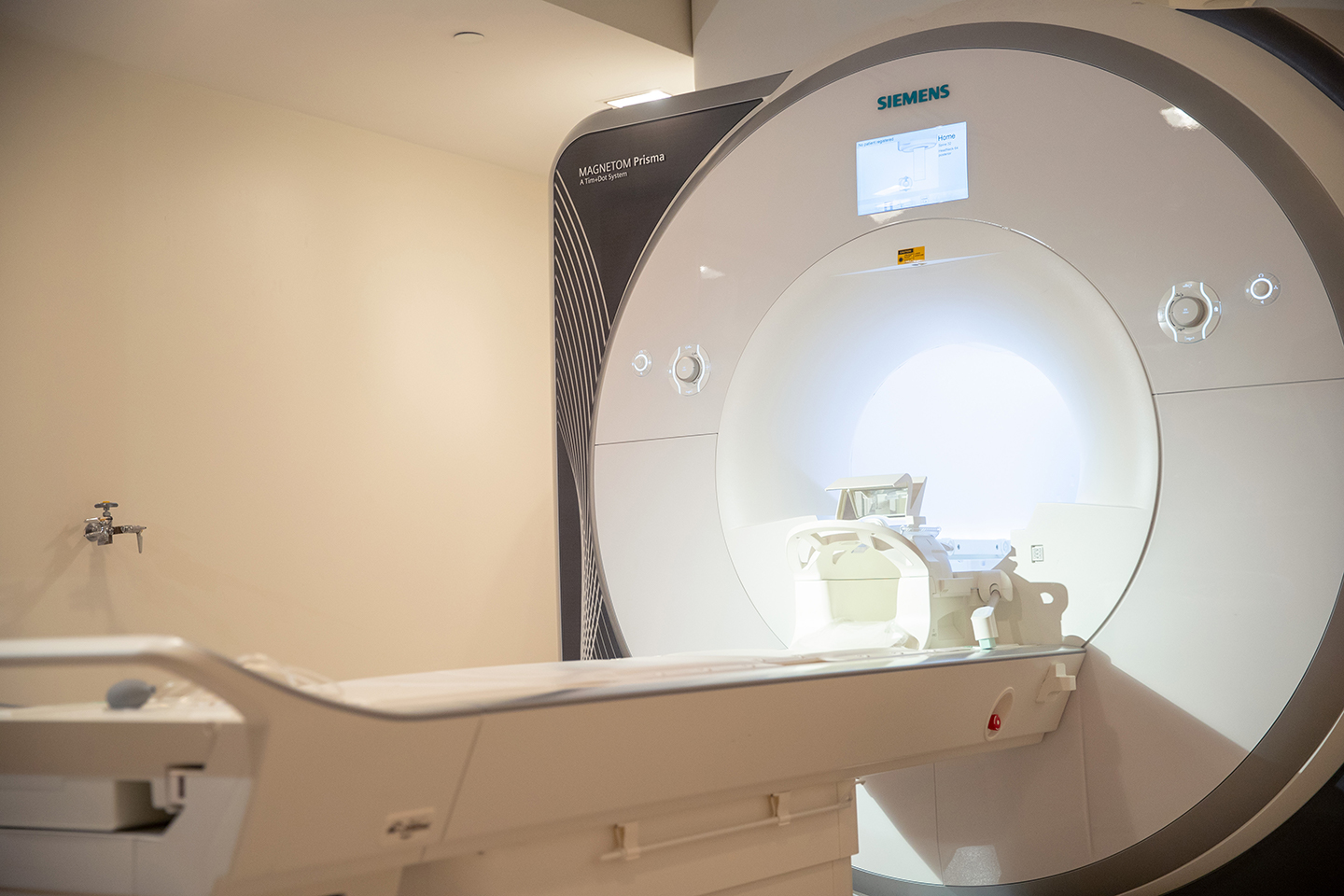
Advanced Coils
A wide variety of coils are available for specialized purposes. The 32-channel head coil provides twice the signal-to-noise as the standard twelve-channel head coil. An extremity coil allows imaging of knees and other body parts. Several small transmit/receive coils may be used for animal imaging or materials research.
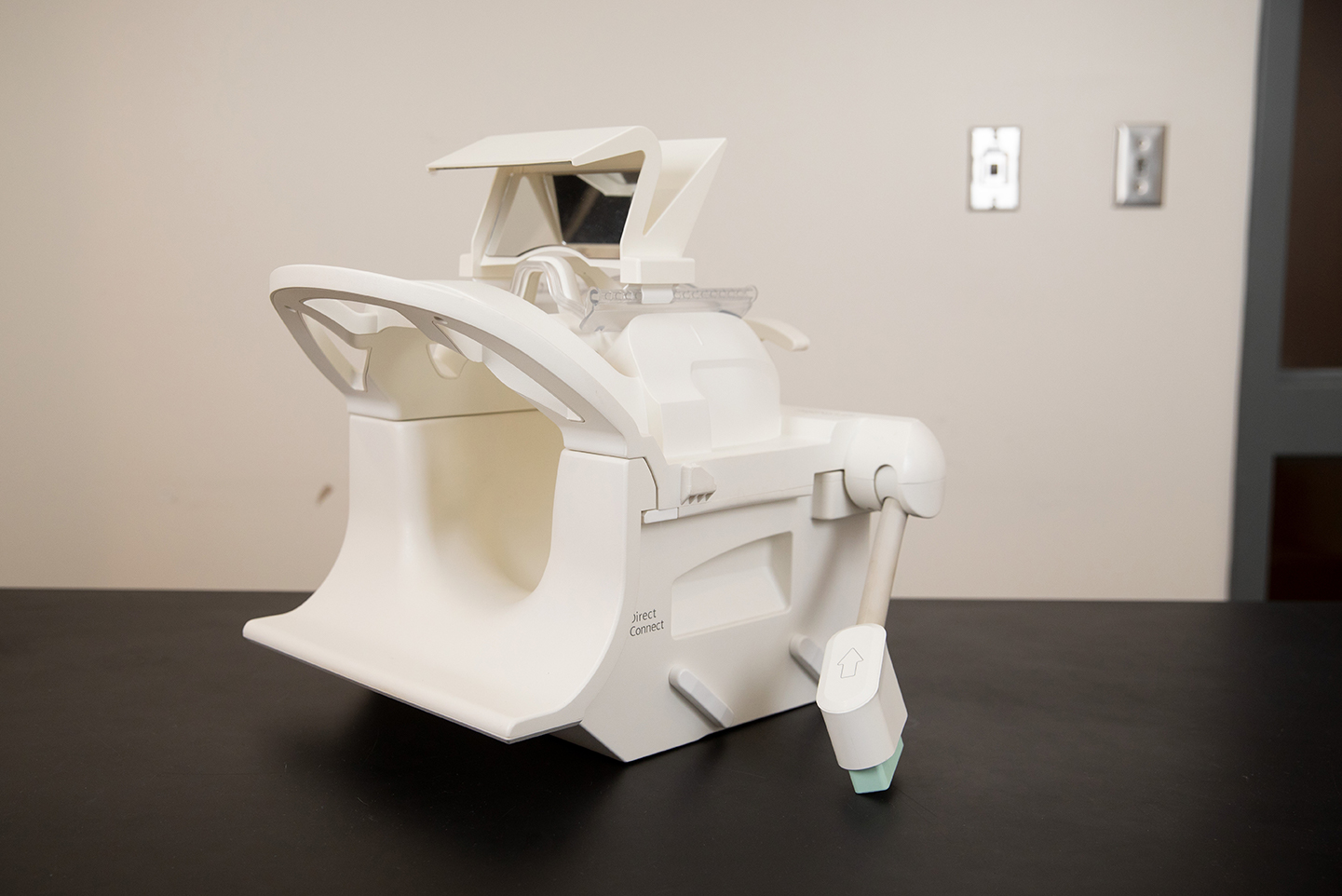
Visual Stimulus Presentation
Visual stimuli may be presented with a rear projection system to a screen located at the rear of the scanner or to a 24" BOLDscreen flat-panel display device from Cambridge Research Systems.

Auditory Stimulus Presentation
The Avotec SS-3100 Silent Scan™ Audio System offers excellent noise reduction for studies incorporating auditory stimuli. Features include: flat frequency response, for uniform audio output; calibration that measures sound pressure level delivered to the subject; high audio signal levels (on the order of 120dBA); gain selection for audio input; and a range of inputs.
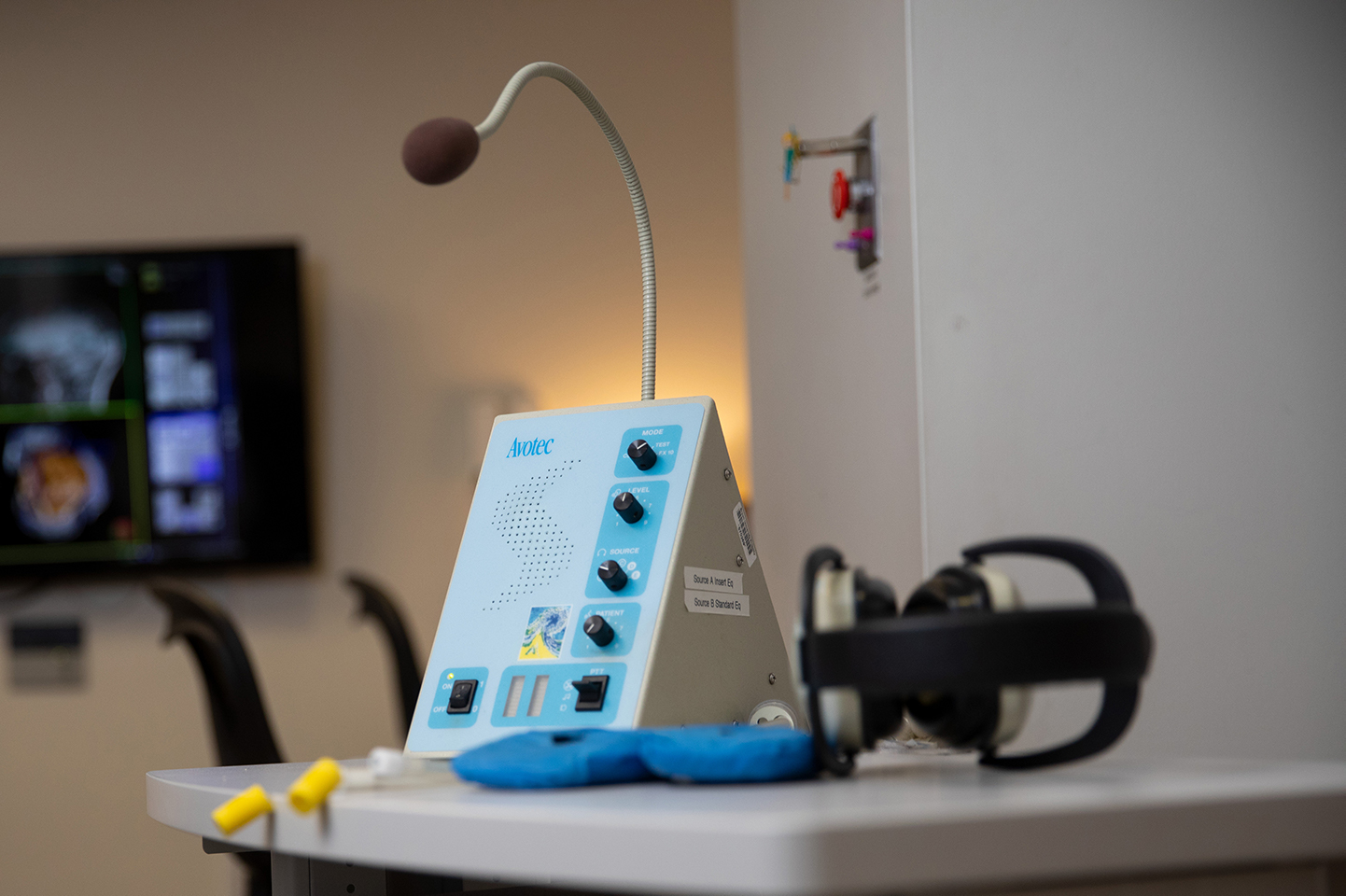
Eye Tracking
Two long-range infrared video based eye trackers are available for recording and analysis of point of gaze and pupilometry data during scanning. An IVIEW X MRI-LR system from SMI provides 60 Hz eye tracking from the front of the bore and may be used to track other infrared visible markers as well. An EyeLink 1000 Plus system from SR Research provides stable high-speed (up to 2000 Hz) tracking from the rear of the bore.
![]()
Physiological Monitoring
Designed to be completely MRI compatible, the Invivo Physiological monitoring system allows the researcher to wirelessly monitor ECG and SpO2 from the control room. The system also features Non-Invasive Blood Pressure, low-flow end tidal CO2, continuous temperature and cardiac monitoring.
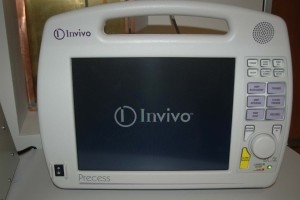
Infrared Participant Monitoring
An infrared video monitoring system allows researchers to monitor volunteers even in conditions with little or no light in the scanner room.
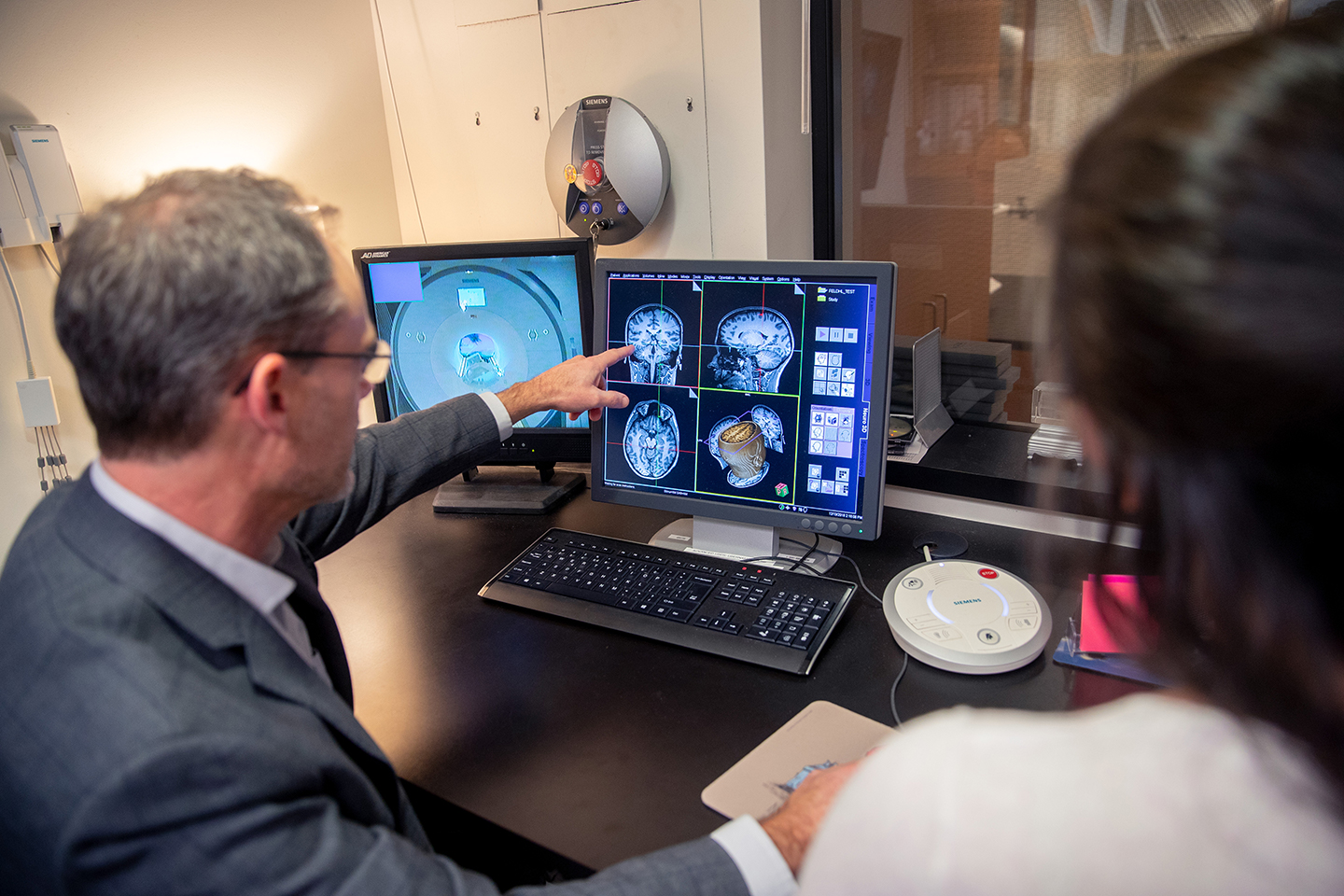
Experimental Control Computers
Both Macintosh and PC computers are available for stimulus presentation and experimental control. Available software includes E-Prime and Psychophysics Toolbox for MATLAB. Connections are also available for researchers to use their own equipment for experimental control and response collection.
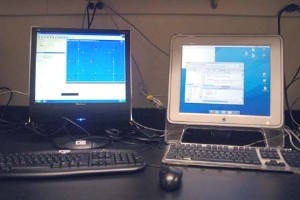
Response Devices
A variety of devices are available for collection of behavioral responses, including a four button response pad, two-axis joy stick and a touch panel.
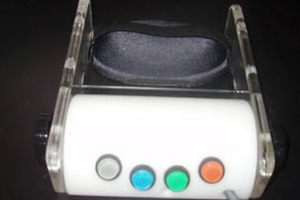
MRI Simulator
Our MRI simulator looks, feels, and sounds like the real thing. It is especially useful for preparing special populations, such as pediatric participants, for their experience in the real scanner, making data acquisition more successful.
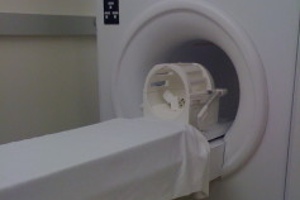
MRI-Compatible EEG
A 64-channel EEG system allows simultaneous collection of temporally precise electrophysiological data during MRI scanning. A 16-channel auxiliary amplifier allows for the collection of additional physiological signals such as GSR, EMG, EOG, etc.
